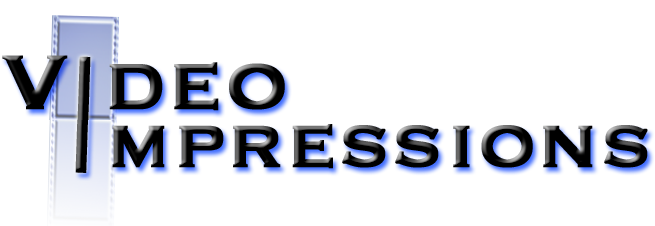Details About Editing and Post-Production
What effects are applied to the ceremony and reception video?
For the ceremony, only simple fades and dissolves are used. For the reception, we may get creative with general, group social dancing footage from time to time. Otherwise, fades, cross-dissolves, and use of the flash-frame cuts are used.
What effects are applied to highlights montage material?
If you choose Basic Editing, simple effects like black-and-white, slow-motion, and sepia are used. In Advanced Editing, not only is a full Cinematic Short Form highlights recap of your entire wedding day included, but the effects applied are significantly more involved. Such techniques as filmic vignetting and blurring, color isolation against black-and-white, bordering and layering video, creating a ‘steadicam’ look with motion shots, and changing the focus and depth of light are all used in Advanced Editing.
Do you use professional audio gear?
Yes, only pro audio gear is used. Your ceremony and reception audio are one-take performances, and like your video, must be captured with the best possible quality. Thomas and other videographers only use wireless microphones that connect to camera and auxiliary audio capturing equipment directly and will happily work with your church staff, DJ, musicians, and/or sound personnel (if available) to capture the audio for both the ceremony and reception.
For all ceremonies, groom and officiant / priest audio will be captured with lavalier mics. Other microphones or recording devices (i.e. Zoom H4) will be used for musical instruments or lectern speakers as necessary. For receptions, we capture the DJ or band’s audio feed directly from their mixing boards or speakers. Most DJs provide their own microphone gear for MCing, toasts and speeches. For things like tea ceremonies, butterfly and dove releases, photo shoots and prep shots, etc., we capture ambient audio with high-quality, on-camera mounted mics.
Do you edit audio too?
Yes. Thomas has years of experience editing audio. Whether it’s editing video to a music beat, equalizing the volume and tone of your project’s overall audio, or removing unwanted sounds, Thomas will ensure you get the highest audio fidelity possible for your video.
About HD (High Definition) & Blu-ray Discs
Full HD is defined as 1920 horizontal lines x 1080 vertical lines, an output which is a 16:9 (widescreen) aspect ratio. Footage may be down-converted to a DVD (standard definition video), or produced on Blu-ray disc (high definition video). For reference, standard definition DVDs (widescreen) have an output resolution of 854 x 480, whereas Blu-ray discs play at full HD, 1920 x 1080. Sony’s Blu-ray disc format stores 5x the data of a standard definition DVD. They are able to play on Sony PlayStation 3, Sony PlayStation 4, and Blu-ray players from Sony, Samsung, and others. Although standard DVDs are playable on Blu-ray players, Blu-ray discs cannot be played on DVD players.
What model camera do you shoot with?
Thomas uses a Sony PXW-Z150 and films in what is known as 1080/30p mode (full HD, 1920×1080 @ 30 frames per second, progressive scan). Other videographers may use a similar type of camera or a DSLR video camera.
What editing / authoring software do you use?
Thomas currently uses Adobe Premiere Pro (CC 2015) for video editing and Adobe Encore to author DVDs and Blu-ray discs.
Are the DVDs and Blu-ray discs good quality?
Thomas currently uses the highest quality rated optical media for DVDs – JVC Watershield Glossy discs. These discs have a beautiful discface printable surface and actually have a coating that repels moisture. They are rated as being compatible with the widest possible array of DVD players, both new and old. The Blu-ray discs are also high quality, and although they have a matte finish (vs. glossy), they are also full discface printable with no center spindle hub, or writing on the disc whatsoever.

